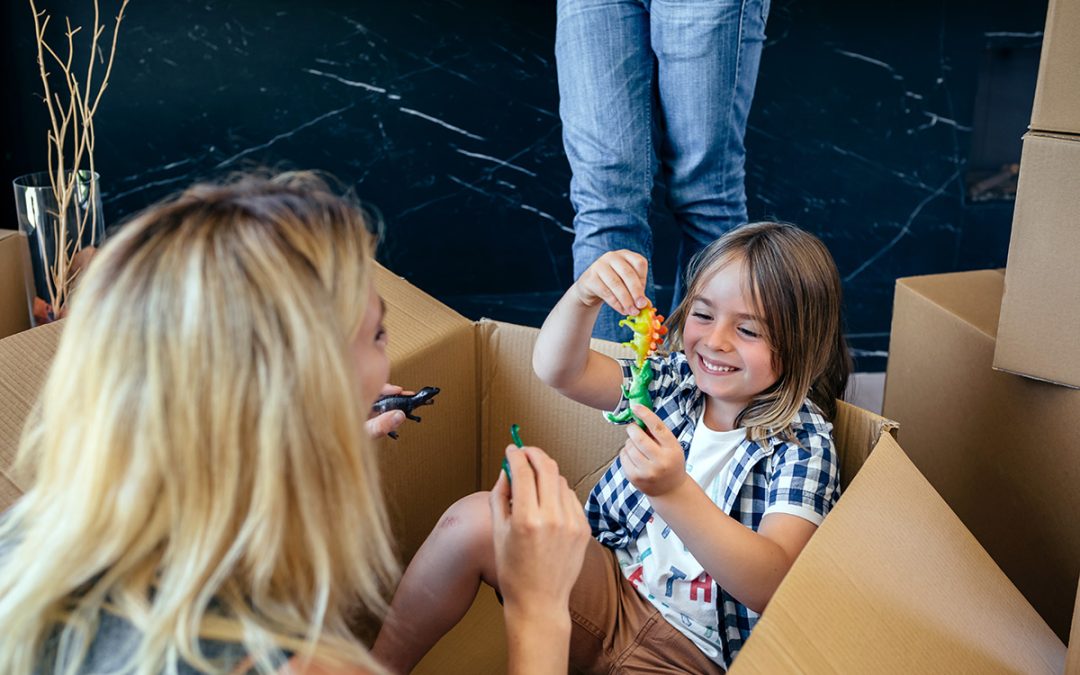For many Canadian families, downsizing with children is a practical choice driven by economic pressures or a desire for simpler living. While parents focus on budgets and logistics, the emotional impact on younger family members can be profound. A child’s sense of stability is intimately linked to their familiar environment, making a move that reduces personal space a significant event in their development. Understanding this emotional component is crucial for navigating the transition in a way that protects a child’s well-being.
The Psychological Anchor of Home
A child’s concept of stability is built on consistency and emotional safety. Their bedroom represents a private sanctuary, while the backyard serves as a territory for adventure. The family kitchen operates as a steady, reassuring hub. These familiar spaces create a predictable structure that allows children to feel secure enough to learn, explore, and grow.
When Change Creates Uncertainty
The process of downsizing with children challenges these constants. It often involves relocating to a new neighbourhood, which can mean changing schools and leaving friends. Children may also leave behind cherished community landmarks like a familiar park or library. This disruption can trigger feelings of uncertainty and loss. Children often lack the vocabulary to express these complex emotions, instead showing anxiety through changes in behaviour or mood.
Five Practical Strategies for Support
Navigating this transition successfully requires intention and empathy. The goal is to maintain security throughout the process of downsizing with children. These strategies help give children agency and comfort during this change.
- Initiate Early and Honest Communication: Begin conversations about the move early using age-appropriate language. Explain the reasons in a positive way that children can understand and appreciate. Create a safe space for them to express their feelings without judgment, validating their emotions as normal and understandable.
- Prioritize and Empower Their Choices: Combat feelings of powerlessness by giving your child measurable agency in the process. Involve them in decisions about their new space, allowing them to choose paint colors or furniture layouts. This involvement helps them feel like active participants rather than passive observers.
- Manage Belongings with Sensitivity: Approach decluttering as a collaborative process rather than a top-down directive. Help children sort their items into categories while respecting their attachment to special possessions. This approach teaches thoughtful decision-making about material belongings.
- Maintain Unwavering Routines: Preserve family rituals and routines throughout the moving process. Keeping traditions like bedtime stories or weekend pancake breakfasts provides a crucial sense of continuity and normalcy during times of change.
- Build New Roots Together: Proactively explore your new community as a family unit. Visit local parks, libraries, and community centers together. Engaging in local activities helps build new social connections while maintaining important existing relationships.
The True Foundation of Security
A child’s stability is ultimately found not in a house’s size but in the unwavering support and love of their family. True security comes from knowing they are valued and heard, regardless of their physical environment. By approaching downsizing with empathy and openness, parents can show children that home is ultimately a feeling they carry within themselves, building resilience that will serve them throughout life.









